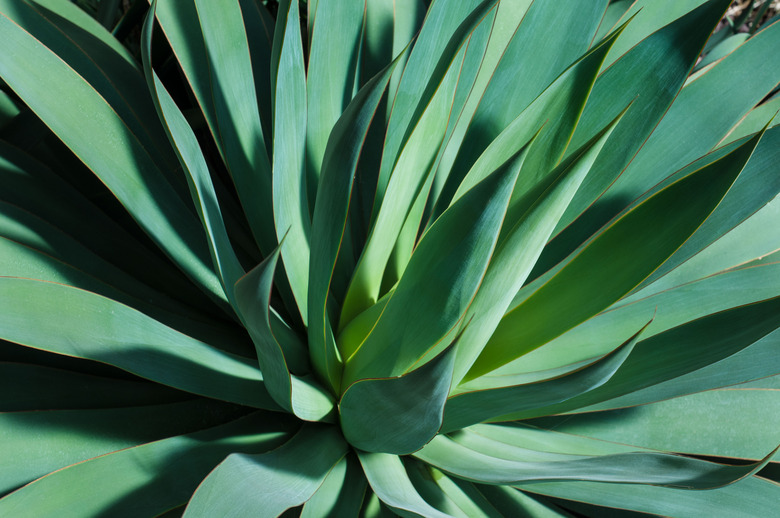How To Propagate Agave Attenuata
Adding new plants to your home or garden can be a great way to improve the aesthetics or the air quality of the area, but the cost of buying new plants can add up quickly. Fortunately, many varieties can be propagated to create entirely new plants from an existing plant. One plant that is easy to propagate and care for is the century plant, botanically called Agave attenuata (USDA hardiness zones 10-12), which is a desert plant that's part of the extensive asparagus family (Asparagaceae). To propagate your own century plant, all you need is a set of scissors, some soil and, of course, a mature Agave attenuata plant.
What Is Agave Attenuata?
Agave attenuata is a succulent plant native to Mexico. Century plants are short and wide, growing low to the ground, and they make for excellent ornamental additions to gardens that receive ample sunlight.
In their native desert habitat, century plants can fare well with minimal watering, but it is recommended that you offer your plant a healthy drink of water about once a week or so, especially during warmer months or if your plant sees direct sunlight for a good portion of the day.
What You Will Need
To propagate Agave attenuata, you won't need much except for a few basic gardening items. Most importantly, you will need a mature plant to begin the propagation process. Additionally, you'll need some gardening shears or scissors, a pot with soil or a spot in your garden ready to host a new plant, and rooting hormone, which is optional.
How to Propagate Agave
Agave plants ready for propagation may have smaller "pup" plants growing alongside the larger one, or "suckers," which are long, tendril-like growths that shoot up from the bottom of the plant.
One way to propagate agave is by separating these pup plants from the mother. These pups appear around mature agave plants and appear as smaller versions of the same plant, usually found near the base of a large stem.
You can cut the pup at a slanted angle away from the larger plant. When cutting, take care to leave a bit of the stem that attached the pup to the parent plant, which will provide a healthy area for the new roots to form.
Once your pup is separated, allow the cut part to air dry until a hard callus forms over the area, and once that end is hardened (which could take anywhere from several days to a few weeks), place it in a container of soil deep enough that the pup is supported and won't fall over.
Cutting Agave Trunk
If you don't see any pups, you may still be able to propagate a new plant from an existing one from a "sucker," which is a long protrusion near the plant's base. Suckers grow upward and outward, resembling an elephant's trunk (which is why they're sometimes referred to as the elephant trunk plant).
If your agave has sprouted one or more suckers and you wish to repot them to make new plants, carefully pull a sucker away from the parent plant. Then, give it a little time to dry out, which will reduce the risk of your new plant's acquiring root rot that can oftentimes result in an early death. Once it's dried out, repot it in a container or elsewhere in your garden, and be sure to offer your new baby plant plenty of water and sunlight during the growing stages.
